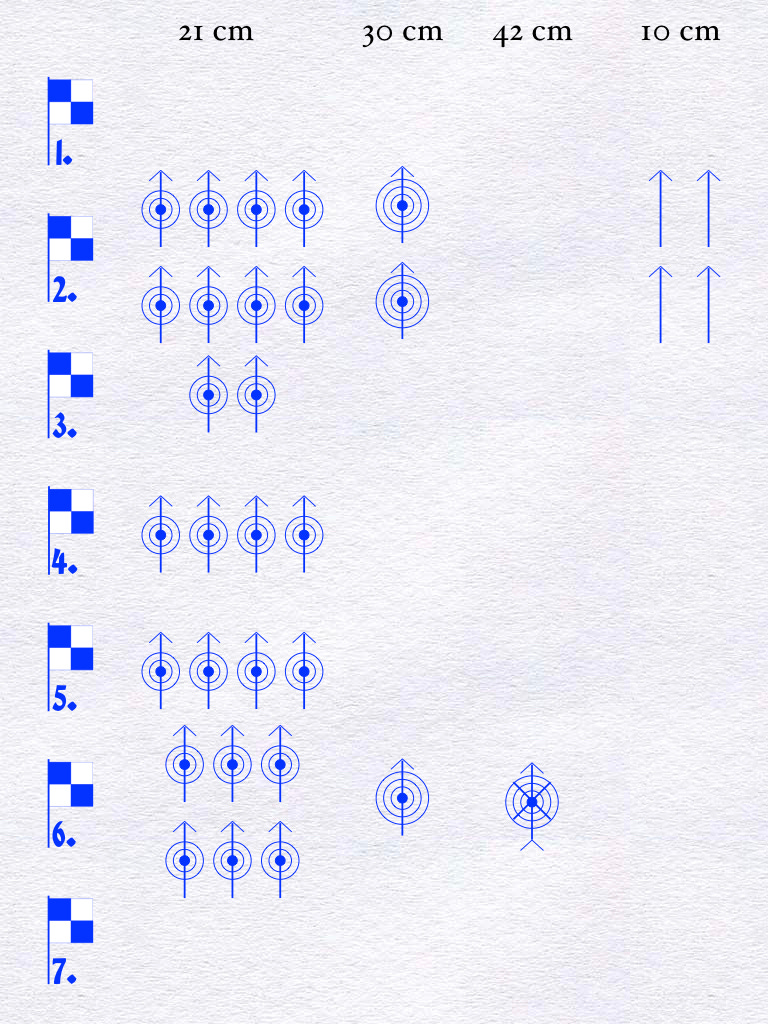While the Foot Artillery (Fußartillerie) mobilized a substantial number of mobile batteries at the start of the First World War, very few of these were assigned to infantry divisions. (The only infantry divisions that received Fußartillerie units at the start of the war were the Reserve infantry divisions that served as the mobile reaction forces of fortress complexes.) Rather, mobile batteries armed with heavy field howitzers were assigned to active army corps while those armed with heavy artillery of different kinds reported directly to the generals commanding field armies.
The allocation of heavy field howitzer batteries to army corps was extraordinarily regular. Without exception, each active army corps received a Foot Artillery battalion of four mobile batteries, each of which was armed with four 15cm (5.9-inch) heavy field howitzers. The distribution of Fußartillerie batteries to field armies, however, reflected the particular challenges those formations could reasonably expect to face.
The Second Army, which had the massive French fortress of Maubeuge in its path, received the largest allocation of Fußartillerie batteries: eight four-piece batteries of 21cm (8.3-inch) heavy field mortars, two two-piece batteries of 30cm (12-inch) super-heavy siege mortars, and four four-piece batteries of 10cm (4-inch) heavy guns. Similarly, the Sixth Army, which anticipated the need to reduce several smaller French forts, got six four-piece batteries of 21cm heavy field mortars, a two-piece battery of 30cm mortars, and a two-piece battery of 42cm (16-inch) siege mortars.
On the other end of the spectrum, the First and Seventh Armies went to war without any army-level Fußartillerie batteries at all.




